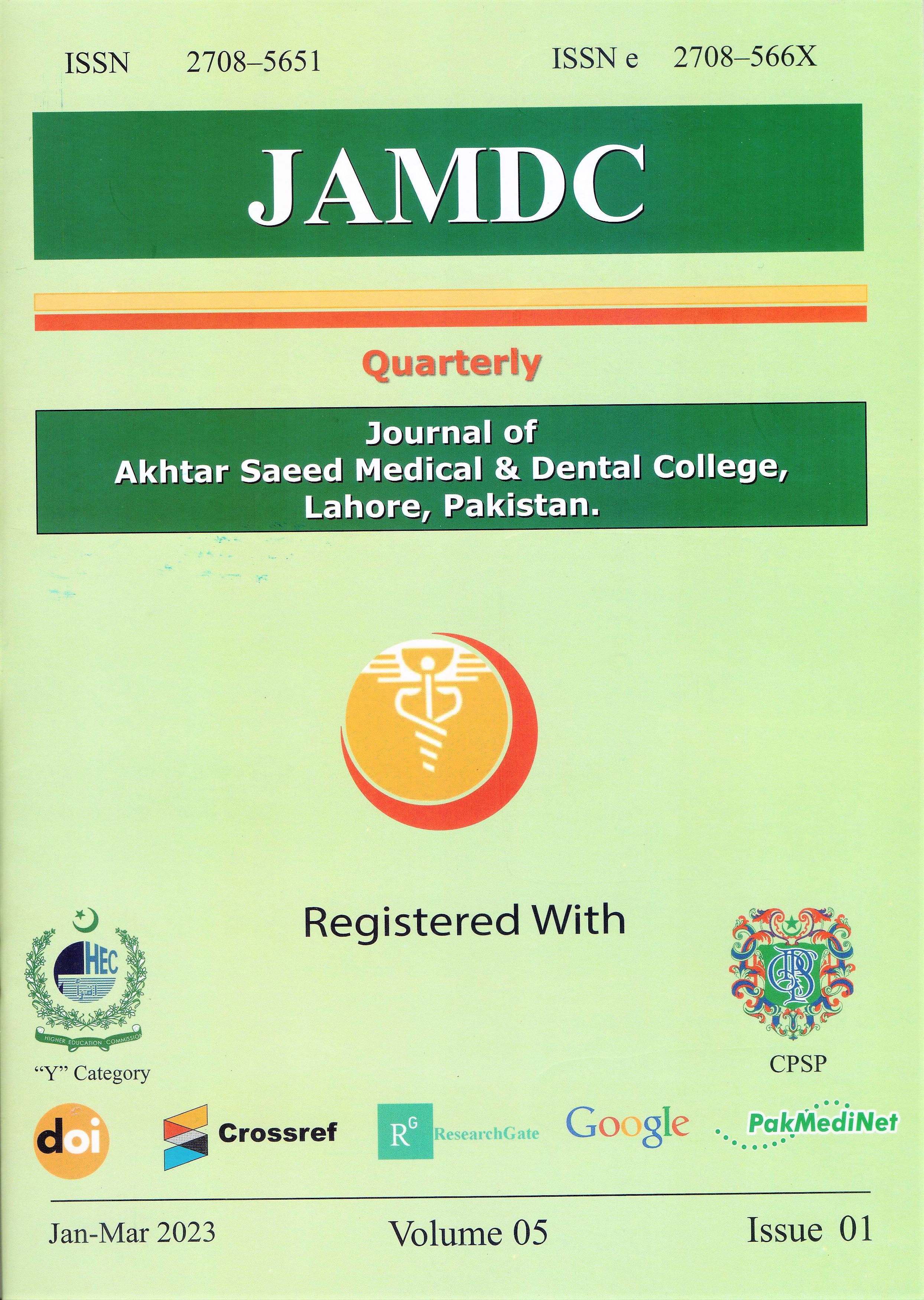KAWASAKI’S DISEASE
Main Article Content
Abstract
Kawasaki Disease is a medium vessel vasculitis. It occurs commonly in children under 5 years of age and has a propensity of affecting the coronary arteries. The etiology and the pathogenesis of this disease are not known yet, but the major contributors are genetic factors, immune reactions and infections. The diagnosis of Kawasaki disease is based on clinical manifestations that appear on a temporal sequence. This disease is self-limiting in most cases, but it can lead to severe complications such as coronary artery aneurysms or thrombo-embolic events in up to 25% of the cases. Once the disease has been acquired prompt recognition and early treatment can be a lifesaver for the patients. Intravenous immune globulin (IVIG) and aspirin remained the treatment of choice for such patients.

